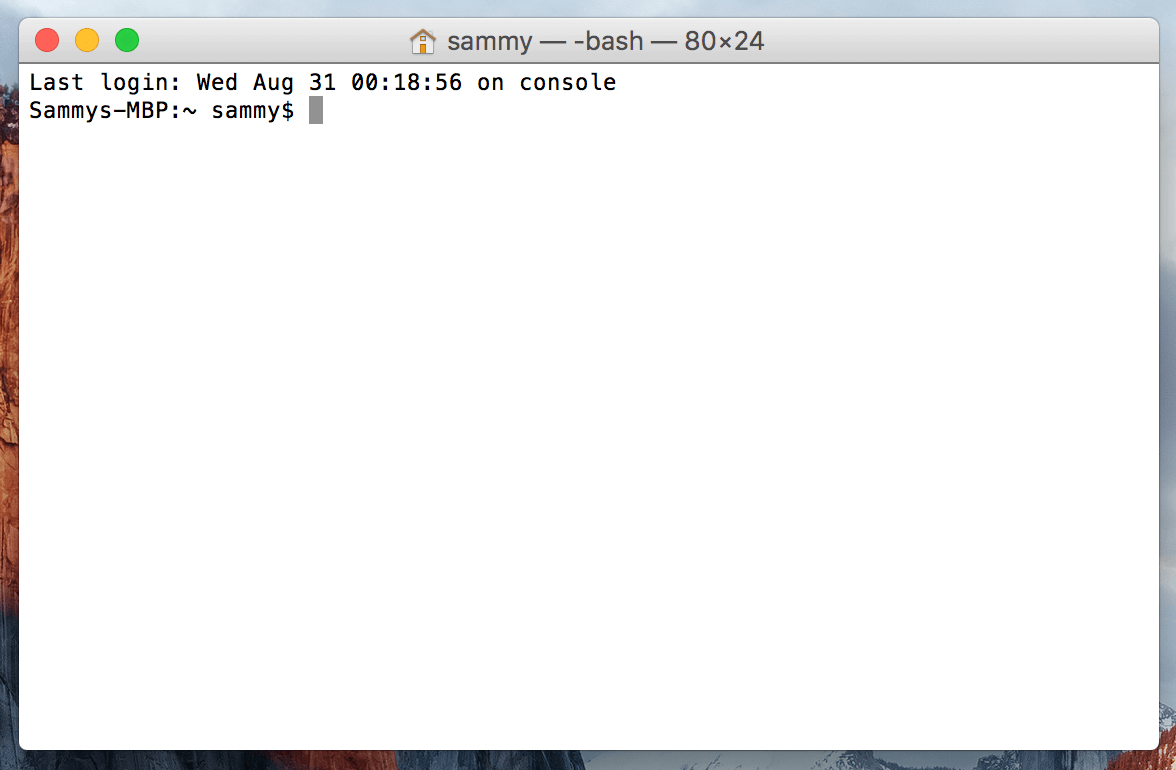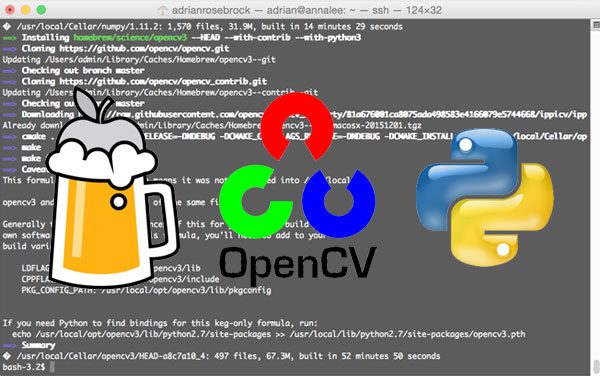If you need a newer version than what is included in your distribution, check out the third party packages section. OpenSUSE packages. OpenSUSE ships with darktable. A simple zypper install darktable should be enough.
- Homebrew boasts that it 'installs the stuff you need that Apple (or your Linux system) didn't' install by default. Installation happens with the brew command, which gives us access to thousands of command-line utilities, but not more complex applications.
- For Mac OSX: There is a way to install Visual Studio Code through Brew-Cask. First, install 'Homebrew' from here. Now run following command and it will install latest Visual Studio Code on your Mac. $ brew cask install visual-studio-code. Above command should install Visual Studio Code and also set up the command-line calling of Visual Studio.
- # Homebrew brew install gpatch brew install opam # MacPort port install opam. See also howto setup Emacs.app for Opam usage. Versions 18.04 and newer. There is a ppa available that contains the current stable version of opam. Add-apt-repository ppa:avsm/ppa apt update apt install opam Versions older than 18.04. Use the binary distribution.
This page describes how to install and configure opam. For further help on howto use opam, either read opam --help or move on to theUsage guide.
Upgrading from a previous version
Generally, you should just reproduce the same installation steps as for theoriginal installation: upgrade from your system's package manager, or re-run thebinary installer. Opam will automatically update its internal repository at~/.opam on first run if needed (if using our installer script, a backup can bemade automatically).
To upgrade shell scripts, and enable sandboxing, don't forget to run opam init--reinit -ni.
Then see the Upgrade guide to check the changes.
Binary distribution
The quickest way to get the latest opam up and working is to runthis script:
This will simply check your architecture, download and install the properpre-compiled binary, backup your opam data if from an older version, and runopam init.
(If you have trouble with curl, justdownload the scriptand run sh install.sh)
We provide pre-compiled binaries for: Download ms team for mac.
- Linux i686, amd64, arm7, arm64
- OSX (intel 64 bits, arm64)
- We do not at present provide an official Windows distribution of opam, but please see this separately maintained distribution(other platforms are available using the other methods below)
If you don't like scripts, you can just pick your downloadhere, put it in your PATH asopam, and set it as executable, e.g.
Note that this script is intended for end-users, not CI. For that purpose,you can use pre-built Docker images for variousconfigurations.
Using your distribution's package system
This is generally the recommended way, when available and up-to-date (youcan check here the latestavailable release per distribution). Here is a list of supported distributions:
Arch Linux
The opampackage is available in the official distribution. To install it simply run:
If you'd like to use the development version there is an opam-gitpackage available in the AUR.Assuming you have yay installed just run the following command:
Debian
Binary packages of opam are available for thestable,testing andunstable distributions, from the officialrepositories. You should be set with:
Exherbo
Thedev-ocaml/opampackage can be installed with the command:

You might need to add the ::ocaml-unofficial repository first:
Fedora, CentOS and RHEL
The opam package for Fedora can be installed with the command:
There is not currently a package for CentOS/RHEL. You will need to use ourpre-built binaries, or build from sources.
Mageia
The opam package for Mageia can be installed with the command:
OpenBSD
The opam package for OpenBSD can be installed with the command (since OpenBSD 5.7):
FreeBSD
Opam is available in the ports and packages tree on FreeBSD 11 or higher.
OSX
Opam packages for homebrew and MacPorts are available.homebrew need a prior installation of gpatch, as opam uses gnu-specific options.
See alsohowto setup Emacs.appfor Opam usage.
Ubuntu
Versions 18.04 and newer
There is a ppa available that contains the current stable version of opam.
Versions older than 18.04

Use the binary distribution. Instructions provided at https://opam.ocaml.org/doc/Install.html#Binary-distribution
Windows
Full support for Windows is planned for opam 2.2, and we expect to provide an opam package in Chocolatey and winget. If you'd like to help out, please get in touch!
Guix & Guix System
The opam package for guix can be installed with the command:
From Sources
Getting the Sources
Sources of the latest stable version of opam are available on Github:
You can also download the full archives, including opam dependencies (thesedon't require any extra downloads, just the OCaml compiler -- 4.02.3 or laterfor the latest version):
- 2.0.2
- MD5: 8780b0dc4209451e21330b6a3e663fe9
- SHA384: 2ecbdd28840564f873af2f56fcb337d49477f4b63a39ed3878a38eb55bbda67d7561a8deee697c36d7be50ff36a8fe21
- 1.2.2
- MD5: 7d348c2898795e9f325fb80eaaf5eae8
- SHA384: 3a0a7868b5f510c1248959ed350eecacfe1abd886e373fd31066ce10871354010ef057934df026e5fad389ead6c2857d

Follow the instructions in the includedREADME.md to get opam built andinstalled from there.
Note that opam1.2.2 doesn't build from source with OCaml 4.06.0. Use this command to compile lib_ext
What is macFUSE?

macFUSE allows you to extend macOS's native file handling capabilities via third-party file systems.
Features
Osx Homebrew Install
As a user, installing the macFUSE software package will let you use any third-party FUSE file system. Legacy MacFUSE file systems are supported through the optional MacFUSE compatibility layer.
As a developer, you can use the FUSE SDK to write numerous types of new file systems as regular user space programs. The content of these file systems can come from anywhere: from the local disk, from across the network, from memory, or any other combination of sources. Writing a file system using FUSE is orders of magnitude easier and quicker than the traditional approach of writing in-kernel file systems. Since FUSE file systems are regular applications (as opposed to kernel extensions), you have just as much flexibility and choice in programming tools, debuggers, and libraries as you have if you were developing standard macOS applications.
How It Works
In more technical terms, FUSE implements a mechanism that makes it possible to implement a fully functional file system in a user-space program on macOS. It provides multiple APIs, one of which is a superset of the FUSE API (file system in user space) that originated on Linux. Therefore, many existing FUSE file systems become readily usable on macOS.
The macFUSE software consists of a kernel extension and various user space libraries and tools. It comes with C-based and Objective-C-based SDKs. If you prefer another language (say, Python or Java), you should be able to create file systems in those languages after you install the relevant language bindings yourself.
Osx Homebrew Install Mac
The filesystems repository contains source code for several exciting and useful file systems for you to browse, compile, and build upon, such as sshfs, procfs, AccessibilityFS, GrabFS, LoopbackFS, SpotlightFS, and YouTubeFS.
